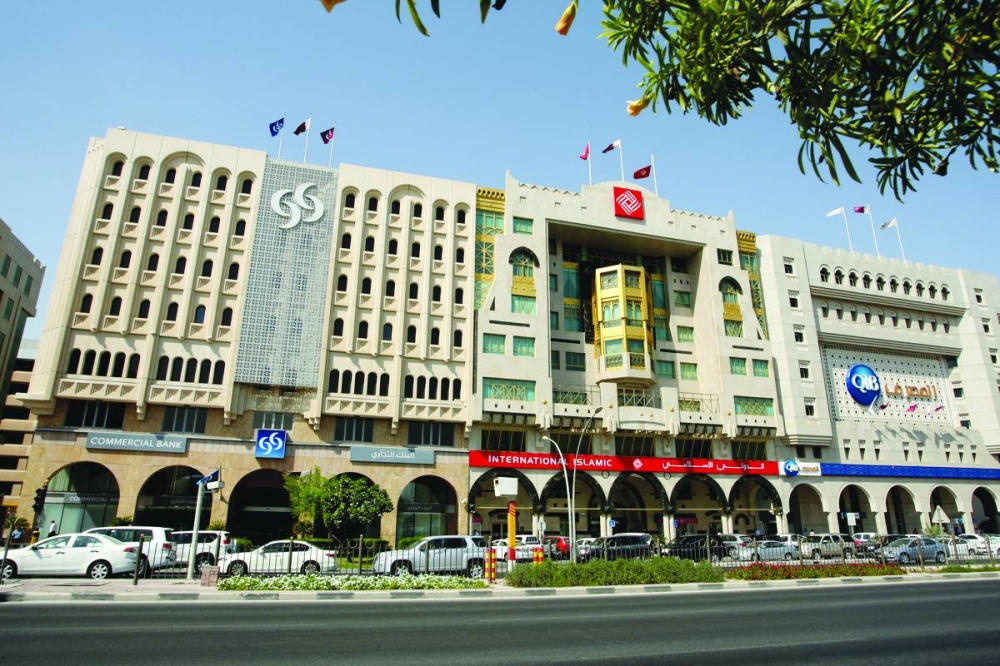Qatar’s trade credit risk, which is a measure of private sector repayment risk, is “very low” by regional standards, Oxford Economics has said in a report.
Oxford Economics rated the country's trade credit risk at 3.0, compared with the regional average of 6.1.
Risk scores are from 1 to 10, with 10 representing the highest risk, the researcher noted.
“The main factors underpinning this rating are macroeconomic stability, the credible and well-established exchange rate regime, robust growth, very high GDP per capita, and a healthy, well-developed banking sector,” Oxford Economics noted.
Higher oil prices will likely support bank liquidity, despite rising exposure to construction and real estate and persistent foreign funding risk.
The sovereign credit risk score under its data-driven methodology is 3.0, the same as six months ago and well below the Mena average of 4.3.
The score reflects very high per capita incomes, large government reserves, strong external finances, and political stability.
The budget deficit in 2017 was temporary, returning to surplus in 2018. But it began to narrow again in 2019 and, given the slump in oil and gas prices, moved into deficit of 2.1% of GDP in 2020.
The balance returned to surplus in 2021, and widened above 10% of GDP in 2022, due to higher oil and gas revenues.
“We forecast it to average at 9% of GDP this year,” Oxford Economics said.
In 2017, the main rating agencies downgraded Qatar to AA-/Aa3 in response to the regional dispute (blockade).
“Given the restoration of ties and the improvement in public finances, the ratings are on an upward trajectory again, with S&P recently upgrading its rating to AA and Fitch and Moody's lifting the outlook from stable to positive,” Oxford Economics said.
Under the researcher’s methodology, exchange rate risk is 1.8, unchanged from six months ago, but well below the Mena average of 4.2.
“The stronger US dollar has supported the dollar-pegged Qatari riyal at QR3.64, and there is only a small chance of de-pegging even if policy co-ordination with other Gulf countries continues to suffer,” Oxford Economics says.
The low risk score, it said, “reflects the authorities’ long-standing commitment” to the dollar peg, as well as large foreign exchange reserves.
Risk rose in 2020 when the current account moved into deficit, but the score improved as the current account moved back to surplus in 2021, as exports recovered, and oil and gas prices improved from the lows in 2020.
The surplus widened to over 26% of GDP in 2022 and will remain in double digits this year and next, Oxford Economics added.

“The main factors underpinning this rating are macroeconomic stability, the credible and well-established exchange rate regime, robust growth, very high GDP per capita, and a healthy, well-developed banking sector,” according to Oxford Economics.

